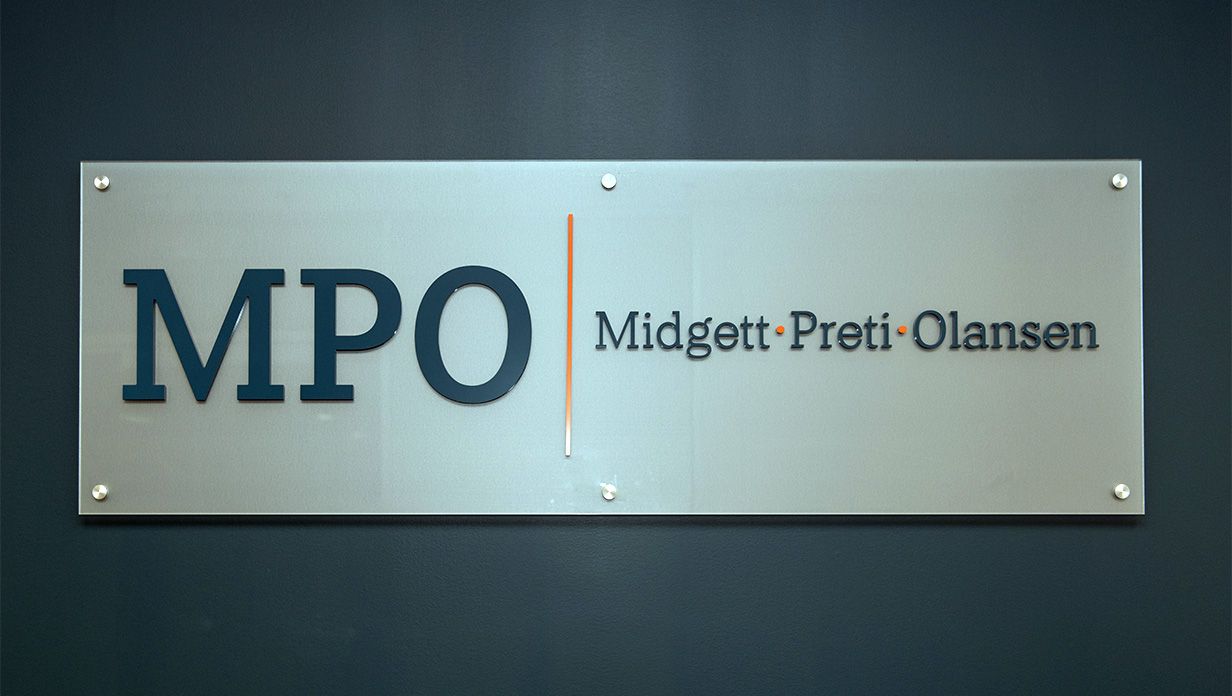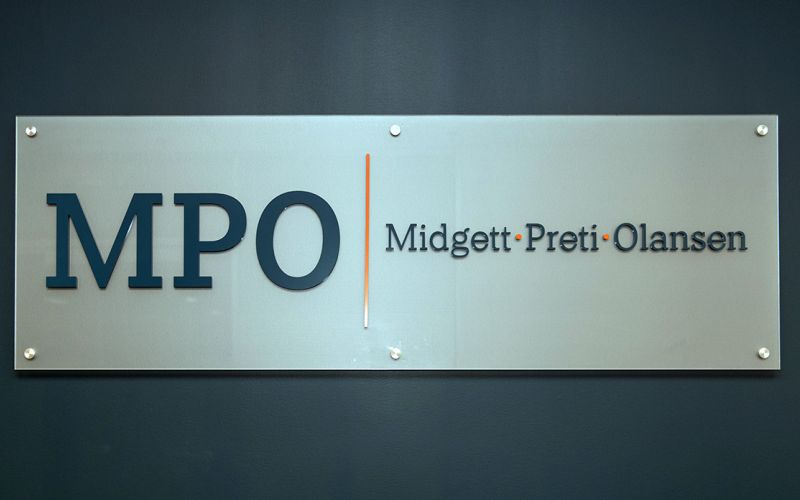
In 1953, Sam and Helen Walton put what little assets they had into a family partnership that included their four children. They called their partnership “Walton Enterprises.”
Wal-Mart grew out of this partnership. The ownership of real estate, area banks, and a newspaper also grew out of Walton Enterprises. The Walton family wealth was estimated in 1985 to be $20-25 billion. But when he died in 1992, Sam Walton owned only a 10% interest in Walton Enterprises. Sam Walton had used a family partnership to transfer over $18 billion of wealth to other family members without substantial gift or estate tax. Because estate tax rates ranged between 37% and 55%, this advance planning by the Walton family saved approximately $9 billion in estate taxes.
Families today are looking for methods of preserving the family wealth. Like the Waltons, you can keep your family wealth together with a Family Limited Partnership (FLP).
What does an FLP do?
A properly designed FLP offers a family four major benefits:
- A FLP is a convenient way to make non-taxable gifts to family members without losing control of the assets gifted.
- A FLP can discount the value of the family’s assets for estate and gift tax purposes, allowing for a more efficient gifting vehicle.
- A FLP offers protection from lawsuits for the family’s assets.
- A FLP offers centralized management of family assets.
How does an FLP work?
Most family partnerships today are structured as limited partnerships. Limited partnerships have two kinds of partners-General Partners and Limited Partners. General Partners have full control of the partnership and its assets; Limited Partners have no control rights.
In most FLPs, an individual, or a married couple, transfer family investment assets to the FLP and take back both General Partner units and Limited Partner units. An FLP is like a little family business, and units are like shares of stock. Usually, the General Partner units represent a small (1% – 5%) ownership interest in the FLP and the Limited Partner units represent the remaining interests.
Why give the General Partners only 1%?
Most parents want to remain in control of the family assets, even if they include their children and grandchildren in ownership. The FLP is the only business organization that preserves control for the parents even if they own less than a majority of the FLP. In fact, General Partners can own as little as 1% and retain complete control over the assets owned by the FLP.
How can children and grandchildren be included in the FLP?
After the FLP is formed and family assets are transferred to the FLP, the parents can begin to give Limited Partner units to their children and grandchildren. Parents should give Limited Partner units but retain General Partner units if they wish to retain control of the FLP.
Often, parents want to give children fractional interests in property that is hard to divide, such as real estate. The FLP provides a convenient and administratively simple method to make fractional gifts, just by giving away Limited Partner units.
What kinds of assets can be held in an FLP?
The best assets are those that might appreciate in value, such as real estate, closely-held businesses, and publicly traded securities, but virtually any investment asset can be transferred to a FLP. A FLP can also hold insurance on the lives of one or both parents. However, one should never transfer a personal residence or other assets needed to meet your daily living expenses into a FLP.
What is a value discount?
When a person passes away, the federal government assesses an estate tax on the date-of-death value of his property at approximately 40%. If the decedent owns property in his own name, the date-of-death value is simply the fair market value of the property on that date. However, if the decedent owns property in the name of a properly designed FLP, the value of his limited partner interest in the FLP could reflect a discount of 20-50% off the fair market value of the property in the FLP. The courts allow this discount because units in an FLP are not easy to sell especially if there are transfer restrictions written into the partnership agreement and typically no single partner can force a liquidation of the FLP. This is usually a matter which the IRS may challenge, so it is important to closely follow all of the rules necessary to overcome the IRS challenge to valuation.
Example: Max owns an apartment building valued at $1 million and is in the 40% estate tax bracket. At his death, the estate tax due on the apartment is $400,000. If, before his death, Max had transferred ownership of the apartment to a properly structured FLP with his wife, children, or both, his FLP units would be eligible for a discount–down to perhaps $600,000. At his death, the estate tax due on his FLP units would be $240,000, a savings of 40%.
Discounting is also useful for making gifts to other family members. You can gift up to IRS annual exclusion amount per calendar year to as many individuals as you wish, and a gift tax return is not required. Your spouse can do the same, even if it is simply a consent to use his or her gift tax exclusion for property you own. This is sometimes called “gift-splitting” and is available only to married couples.
Example: Husband gifts $14,000 cash to each of his three children and seven grandchildren. Wife does the same. No gift tax return is required and $280,000 is removed from their taxable estates.
Parents can use an FLP to leverage these annual exclusion gifts. Since the value of an FLP unit reflects a discount of 20-50% from the underlying asset value, a $14,000 gift of FLP units represents a gift of a greater value of underlying assets.
Example: Husband gifts $14,000 in FLP units to each of his three children and seven grandchildren. Wife does the same. If a 40% discount is appropriate, no gift tax return is required and up to $450,000 of underlying assets is removed from their taxable estates.
What about asset protection?
Without an FLP, a creditor of a family member can reach assets owned directly by that family member. With an FLP, the creditor’s only remedy is a “charging order” against the partnership interest owned by the family member; the creditor may not reach into the partnership to get the assets owned. A charging order gives the creditor no management rights in the FLP. A charging order simply entitles the creditor to receive any distributions from the FLP that the family member would otherwise receive, if any are distributed. The creditor also must report and pay tax on any taxable income earned with respect to the interest charged even if no money is ever distributed. Because the FLP will probably choose not to make any distributions in such a situation, the chances for a favorable settlement with the creditor are increased.
Does an FLP also provide asset protection against a child’s failed marriage?
Yes. Outright gifts to children often become commingled with other marital property and become subject to division in the event of a divorce. The FLP provides a convenient way to keep assets given to a child classified as separate property for divorce purposes; separate property is not normally subject to division in a divorce. Even if a divorce court awards part of an FLP interest to a divorced spouse, the FLP agreement can be written to give the other partners the right to purchase the interest transferred to the ex-spouse at a discounted value.
Must the General Partners make distributions?
No. In fact, most FLPs accumulate and reinvest income. When the General Partners make a distribution, the accounting is simpler if all partners receive a pro rata share of the distribution. But there is flexibility in FLPs to make non-pro rata distributions. Sometimes, the parents (as General Partners) want to make extra distributions just to themselves. They can do so only in the form of reasonable compensation for management services performed as General Partners for the FLP.
How is an FLP taxed?
FLPs are not taxable entities, though they must file a tax return annually. The income or loss of the FLP flows out to the partners in proportion to the units they own, and the partners report their pro rata shares of the FLPs income on their personal tax returns. Whenever a tax liability is created for a partner, the General Partners should probably make distributions to all partners sufficient to cover the tax.
Is the FLP a popular planning tool?
Many expert financial professionals are recommending the use of FLP’s today. At one time, it was hard to pick up a publication from the financial media without reading an enthusiastic review of FLP planning. Recent cases, won by the IRS, however, warn us to set up a FLP only for proper financial purposes; to run the FLP strictly by the rules set forth in the partnership agreement and to put into the FLP only investment (not personal) type assets. The IRS, as you might imagine, is not as enamored with the use of a FLP for planning purposes and has attacked this strategy often in the past, especially where large discounts of value have been taken on gift or estate tax returns.
Can any lawyer set up a FLP?
The legal principles governing FLPs look simple on the surface, but highly complex rules of business and tax law must be thoroughly understood and creatively applied before a FLP can accomplish your ultimate goals. According to an article in a past issue of Financial Planning magazine, “There are 100 different ways to set up a FLP, and 98 of them are probably wrong.” Medical Economics emphasized that an FLP should be considered “only after getting the most up-to-date tax and legal advice” possible. For this reason, it is critically important to retain a lawyer who has substantial expertise and experience in the design, formation and operation of FLPs.
Benefits of an FLP
- Convenient way to make non-taxable gifts to family members
- Parents retain control over the assets in the partnership
- Discounts the value of the family’s assets for estate and gift tax purposes
- Asset protection from creditors
- Asset protection from failed marriages
- Centralized management of assets

Written By John T. Midgett
John T. Midgett is a Shareholder in the Law Firm of Midgett Preti Olansen. His practice is concentrated in the related areas of estate planning, administration and taxation, estate and trust litigation, and family business planning.
Latest Resource Articles
-

What is the Difference Between Trustee, Executor, and Pow…
Written by Nathan R. Olansen on January 10, 2024.Key Takeaways: The overarching goal of any trustee, executor, or power of attorney is to wo…Read more -

Reasons Why You Should Hire a Professional Executor
Written by Nathan R. Olansen on December 21, 2023.Key takeaways: A fiduciary is a person or entity appointed to handle financial and legal ma…Read more -

Why Set Up a Trust for Your Grandchildren?
Written by Alison R. Zizzo on December 11, 2023.Creating a trust for a grandchild requires not only an understanding of one’s financial goal…Read more -

Understanding The Benefits of a Bloodline Trust
Written by Alison R. Zizzo on November 10, 2023.Key Takeaways A bloodline trust is an estate planning tool designed to protect assets for d…Read more -

Are Powers of Attorney Responsible for Medical Bills?
Written by Nathan R. Olansen on September 22, 2023.According to a Genworth’s 2021 Cost of Care Survey, the reported average cost of assisted li…Read more -

Top Reasons for Disputing a Trust in Virginia
Written by Nathan R. Olansen on September 1, 2023.A trust is a valuable tool for saving your loved ones from the probate process and reducing …Read more -

Are You Responsible for Your Deceased Spouse’s Medical Bi…
Written by Ann H. Larkin on August 29, 2023.After the death of a spouse, the surviving spouse will inevitably receive bills from hospita…Read more -

Know the Signs of an Employee Retention Credit Scam
Written by Nathan R. Olansen on August 2, 2023.If it sounds too good to be true, it probably is. The IRS has sounded the alarm repeatedly r…Read more -

Can a Trustee Sue a Beneficiary?
Written by Nathan R. Olansen on August 1, 2023.When you are named the trustee of a trust, it comes with responsibilities you need to be pre…Read more
"*" indicates required fields

© 2024 Midgett Preti Olansen





